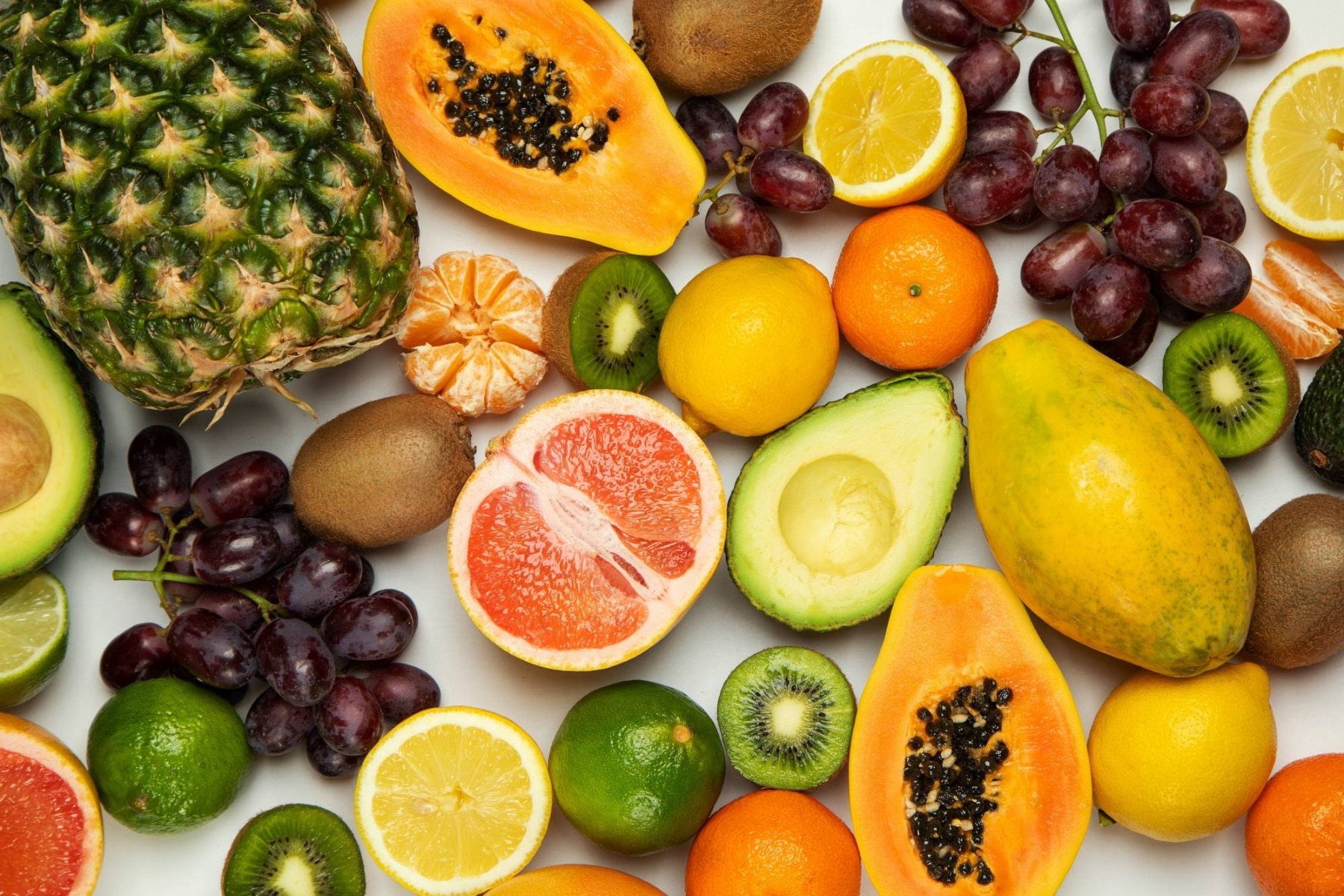As the fate of our environment becomes an ever more pressing topic, the push for governments and corporations to take meaningful action towards sustainability becomes ever greater. And while protecting our planet does indeed require major global efforts, every household can play their part in the most minute of ways.
From reducing energy consumption to saving water, each and every one of us has the ability to make some sort of positive impact. This also extends to the food we keep in our fridges and serve on our plates. As our global food production system is responsible for roughly a third of manmade carbon dioxide emissions, making sustainable choices in the kitchen is one of the most powerful ways an individual can contribute to protecting the environment.
Unfortunately, eating sustainable foods has been the victim of glamorous marketing campaigns that lead many people to assume that eating for the environment is a privilege reserved for the wealthy. This is a truly unfortunate misconception, as, in truth, eating sustainably is something just about everyone can afford - if they know how to do it.
Here are the top ways you can make your kitchen a more sustainable place by making simple adjustments to your food habits!
1. Eat local produce
One of the best things you can do to lower your impact on the environment through the foods you consume is by making the effort to eat locally grown produce. Sticking to food grown in your local area lowers the amount of carbon dioxide emissions that are spent transporting food over what are often vast and unnecessary distances.
Many areas are home to farmers’ markets, in which the community can come together and support local producers offering their goods. Not only does this lower your impact on the environment and contribute to a more sustainable food production cycle, but it can also be cheaper, as transport costs are severely cut down. Farmers’ markets also serve to connect you with your community and build up a face to face relationship with the people who grow the food on your plate.
2. Choose foods based on the season
Another way to cut down on the environmental cost of transportation and production emissions is to choose products that are in season. Learning which fruits and vegetables come into season when is the key to developing eating habits that are in tune with the natural rhythm of the earth.
Eating seasonal foods means cutting down on the power needed to maintain the infrastructure that creates artificial growing environments. Plus, it helps you to diversify the foods you eat throughout the year, and many people swear that foods grown according to the seasons taste better when ripe - a win-win!

3. Plan your meals
Meal planning at the start of each week helps to cut down on the amount of food waste you create by cooking too much. Food waste is one of the major contributors to environmental damage during the food cycle, with an estimated 9.5 million tonnes of food waste being generated in the UK each year - the equivalent to over 25 million tonnes of CO2e into the atmosphere.
Learning to plan meals helps to make sure you’re cooking just the right amount, and also helps to cut down on the cost and time spent putting dinner on the table each night!
4. Build a herb garden/vegetable plot
Gardening is a popular hobby for many people already, but it’s also one of the best and most enjoyable ways you can make your kitchen a more sustainable space. If you have the garden to accommodate it, consider setting up a little vegetable patch.
Not only is this a great way to completely cut down on the environmental damage created through transporting food, and the cost of buying them, but it also gets you more in touch with the food you put into your body. Maintaining vegetables is also a great activity to involve kids in, so you can benefit the environment while having fun with the whole family.
Even if you don’t have the space to set up your own vegetable patch, you can still get in on the fun by growing your own herbs. Simply make a little space in the kitchen, balcony, or any other room with access to light, and enjoy the unbeatable freshness of herbs picked straight from the plant.
5. Cut down on meat & dairy
Perhaps the single best thing you can do to create a more sustainable diet is to cut down on your consumption of meat and dairy products. Choosing plant-based foods not only helps the environment, but it’s also a top tip for saving money and boosting your overall health. Animal products use far more water and land than crop harvesting, and contribute far greater levels of carbon dioxide into the atmosphere.
Plant-based proteins such as legumes and tofu generally cost a great deal less than meats when compared gram for gram. By switching out beef, pork, and chicken for beans, lentils, and tofu - you can create a more sustainable diet and save on your spending.
Looking after our planet requires action on every level - from global structures to our individual homes. Using these tips, you can do your part and save money at the same time - what’s not to love!